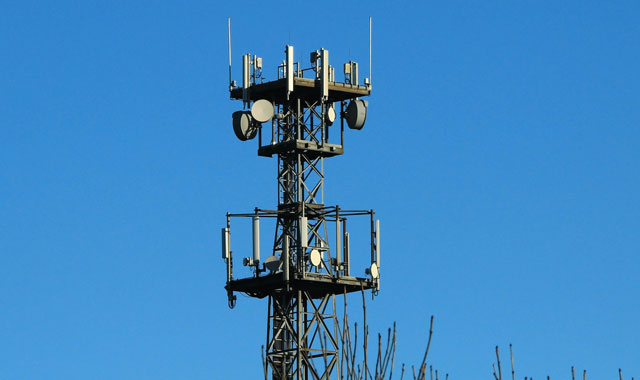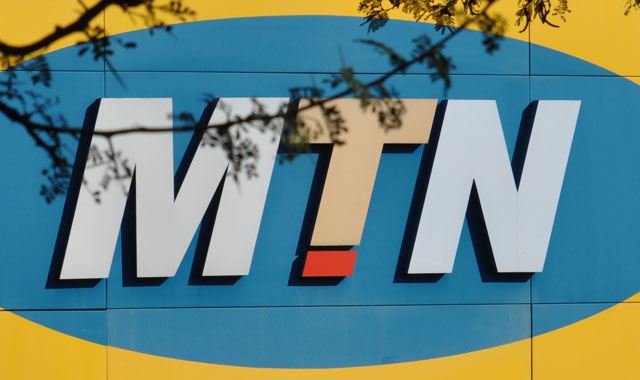 Ten billion rand. That’s MTN South Africa’s capital expenditure this year. It’s a massive number. For the first year in memory (possibly ever), MTN will outspend Vodacom on capex. In the 2015 financial year, Vodacom spent R8,6bn. Now, Vodacom’s financial year runs to end March (vs MTN to end December), but it’s hard to see Vodacom topping R10bn this year (FY 2016), especially with the detailed (and historically accurate) guidance it’s provided.
Ten billion rand. That’s MTN South Africa’s capital expenditure this year. It’s a massive number. For the first year in memory (possibly ever), MTN will outspend Vodacom on capex. In the 2015 financial year, Vodacom spent R8,6bn. Now, Vodacom’s financial year runs to end March (vs MTN to end December), but it’s hard to see Vodacom topping R10bn this year (FY 2016), especially with the detailed (and historically accurate) guidance it’s provided.
Executives at MTN didn’t wake up one morning and suddenly decide to throw money at its network because it had nothing better to do. Rather, it’s been forced into this situation. For context, it’s worth looking at the last five years as evidence of why the second largest mobile operator in the country suddenly has to outspend its larger rival.
From a peak of R6,5bn in 2012, MTN South Africa’s annual capital expenditure has been declining. It’s tricky to do direct comparisons (given the financial year-end differences), but in the 2014 calendar year, MTN invested R5,7bn while Vodacom invested more than R8bn.
MTN’s unprecedented level of spending this year throws typical ratios for capital intensity in the sector completely out of whack. This ratio tends to sit in the low teens, somewhere between 10% and 15% of revenue.
In its six-year radio access renewal programme, completed in the first half of the 2015 financial year (between March and September 2014), Vodacom spent between 11% and 13% of group revenue on capital expenditure. That tended to be towards the mid to lower end of that range in SA (vs its international operations).
Following Vodafone’s sale of its interest in US giant Verizon, Vodacom’s parent committed an additional £7bn to group-wide capital investment over a three-year period. This investment, called Project Spring, was focused primarily on network build across its operations.
Practically, this meant implementing high-capacity backhaul (its own fibre links), a single radio access network (effectively enabling upgrades from 2G to 3G to 4G with only software updates) and building additional base stations.
From a customer point of view, this has very clear benefits: a better network, fewer dropped calls and a dramatic increase in 4G coverage. The commercial impacts are an increase in 4G customers, a decline in the churn rate of contract customers, an uplift in average revenue per user (Arpu) and an increase in data usage, along with the “softer” stuff: sales and net promoter score (customer satisfaction) increases.
Vodacom’s derivative of Project Spring (remember the “ensured” copy and paste of strategy from Newbury?) has focused on the exact same elements, although the radio access network part had already been completed by the time Vodafone had its Verizon “dividend”. (Post Project Spring, Vodafone sees capital intensity reverting to 13-14% of revenue.)
This project, which is still underway, sees capital intensity at Vodacom of between 14 and 17% of revenue. In 2015, MTN South Africa’s capital intensity will be very close to 25%! That’s double Vodacom, relatively speaking, considering Vodacom has a larger network and customer base.

No wonder there are suddenly rumours anew about a tower-sale deal in South Africa. They suddenly make sense. Spending R10bn this year on its network is going to obliterate its return on capital in this operation. Maybe the plan is to spend R10bn and then sell a chunk of the network off and realise a similar amount.
MTN is effectively throwing a billion rand a month at the problem. In the first half of 2015, MTN’s capex in South Africa was up by 134% year-on-year to R4,7bn, only R1bn less than it spent in the whole of last year.
In recent years, MTN has stopped publishing detailed network data, disclosing only base station additions per period (now we know why). Last year, it added 904 3G sites in South Africa and 23 LTE/4G sites. Vodacom, by contrast, added 1 554 3G sites between April 2014 and March 2015, and 1 684 LTE sites in the same period.
In a presentation to investors, MTN described the plan to “catch up” on 3G coverage and to address the “LTE gap” to ensure “3G and LTE coverage parity”. It can only be referring to Vodacom.
And those billions are going to work. MTN is aiming to roll out 3G sites at a pace of 1 400 per quarter (versus what it says is 750 a quarter for Vodacom). It’s aiming to reach a similar pace with its LTE rollout (1 200 a quarter versus what it says is 400 at Vodacom).
Except Vodacom is running at closer to 600 a quarter for LTE (it added 572 sites between April and June this year), and only 250 for 3G (it added 229 between April and June). The 3G number is likely due to the fact that Vodacom already has over 9 000 3G sites in the country (against MTN’s fewer than 8 000).
In the first six months of this year, MTN has more than doubled (perhaps even tripled?) the size of its LTE network (it added 1 891 sites) and increased the size of its 3G coverage by roughly a third (adding 1 939, largely co-located sites).

I wouldn’t bet on its aim to achieve “parity” with Vodacom. Remember, the largest network in the country isn’t exactly frozen in time — its spending continues and, who knows, may yet accelerate.
Why all this capital investment?
Data, data and data. Nearly 30% (27,7%) of MTN South Africa’s revenue is data-related. Data traffic (volume) is up by 62,6% versus 2014. (And before you script the eulogy, voice isn’t going anywhere, it’s up more than 100% over the same period.) For Vodacom, the numbers are very similar. Data traffic increased by 63,1% in the year to 30 March. Data, as a percentage of service revenue, was 28,8%. This voracious appetite for mobile data is not slowing down, nor will in in the medium term.
What’s remarkable is that we’re seeing this unprecedented level of spending, despite the unavailability of key 2,6GHz and 3,5GHz spectrum (most operators in South Africa are being forced to reallocate 2G and 3G spectrum to deploy 4G). Imagine what the level of investment would have looked like without this policy and licensing paralysis.
- Hilton Tarrant works at immedia, specialists in native mobile app and Web development
- This column was first published on Moneyweb and is republished here with permission




